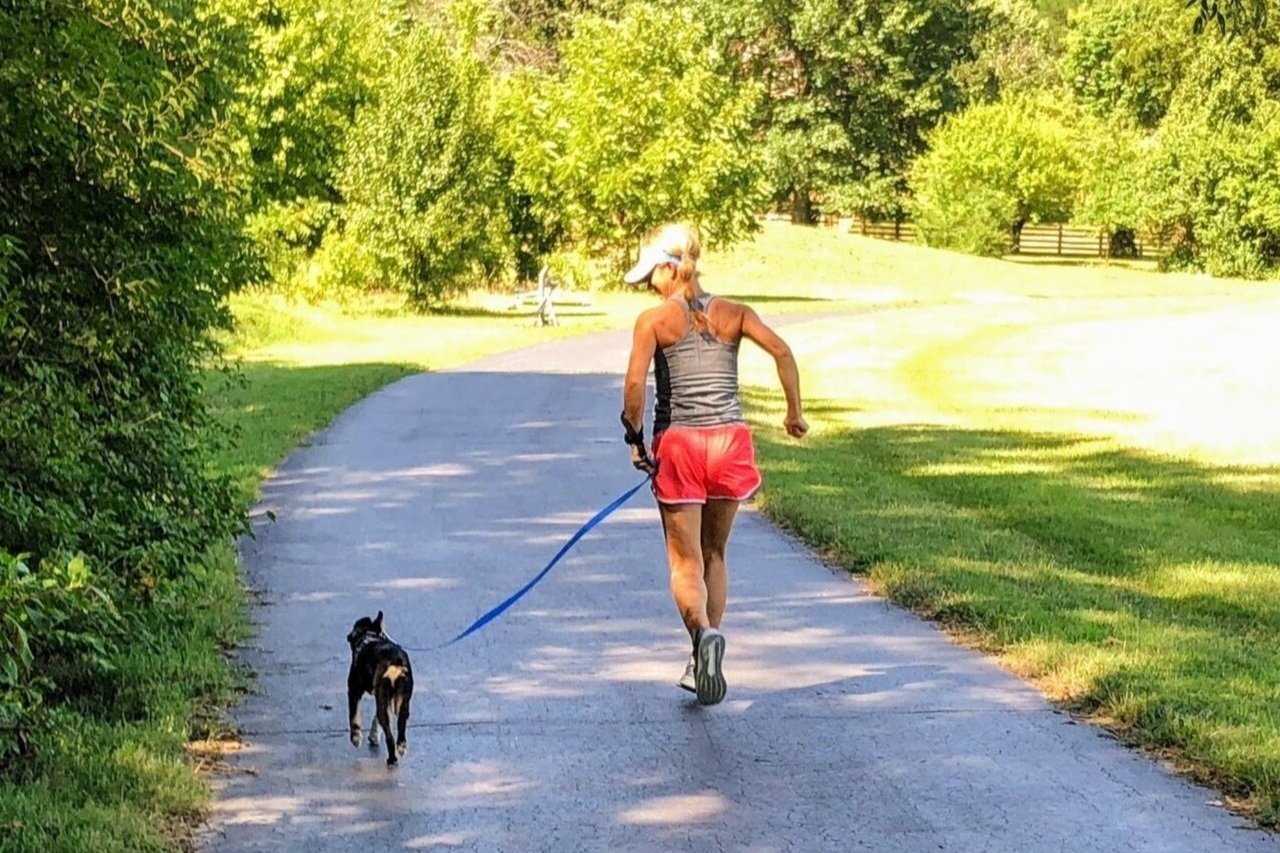In today’s fitness focused world, we’ve all heard a lot of buzz around “strengthening the core.” Wondering what all of the hype is about? Focusing on improving core strength on cross training days can improve athletic performance and prevent injury during training.
With a strong core our movements are more efficient, and we gain more power and function from the upper and lower extremities. With a weak core, we are like a “rag doll”; our arms and legs move less efficiently, and energy is wasted. For endurance athletes, a strong core translates to more power in the arm and leg swing while running, the pull and kick while swimming, and the push and pull while cycling.
Contrary to popular belief, having a strong core doesn’t just mean having strong abs. Our core encompasses the entire cylindrical column of muscles ranging from above our shoulders to below our hips. Athletes have to be very strategic about how they engage these muscles and make them stronger.
CoachAmyPT offers core strengthening classes designed for both beginners and advanced athletes. Phoenix Core classes focus on slow, controlled, quality movement patterns. While Phoenix Rising classes incorporate higher intensity moves to train runners to be more explosive and push off the ground with more power.
Choose the class that’s right for you, and join us for the first Spring session beginning the week of March 4th. Hurry, space is limited.







